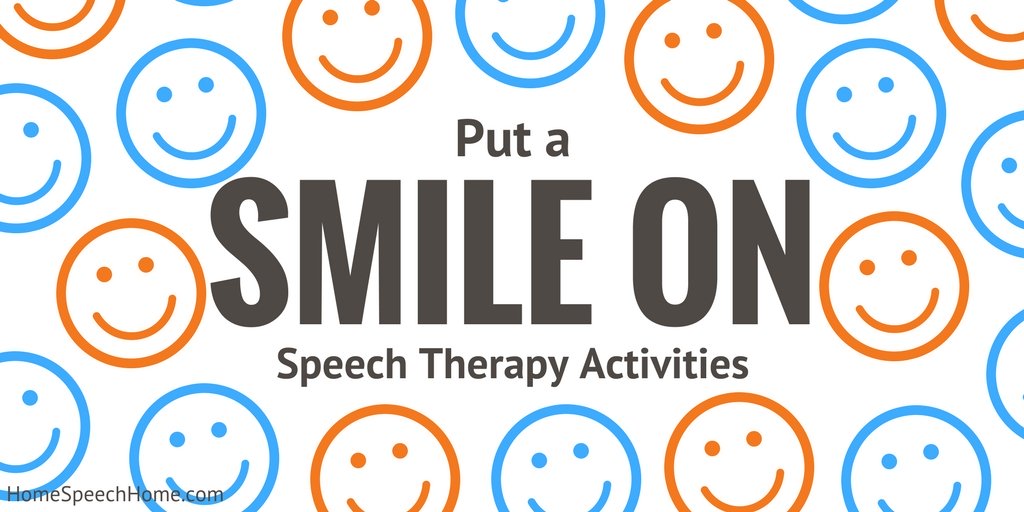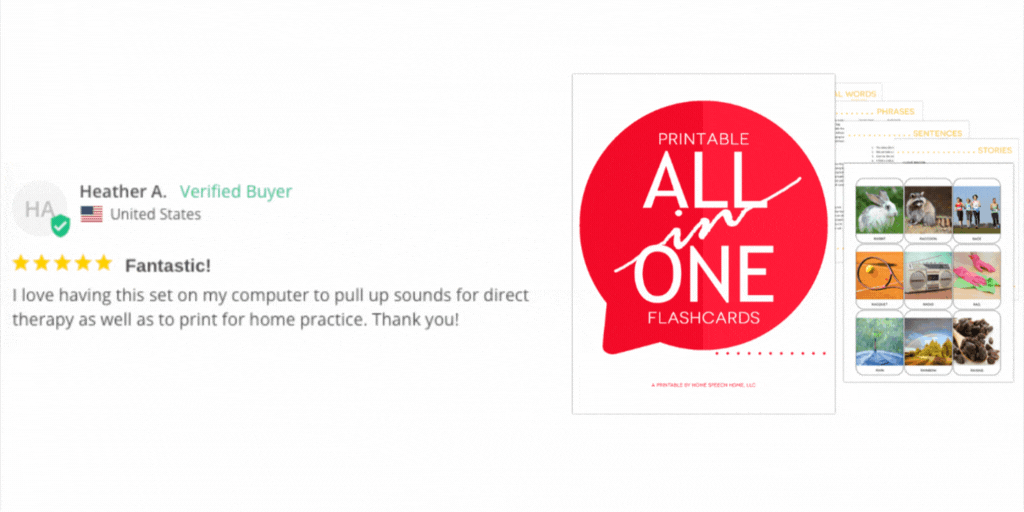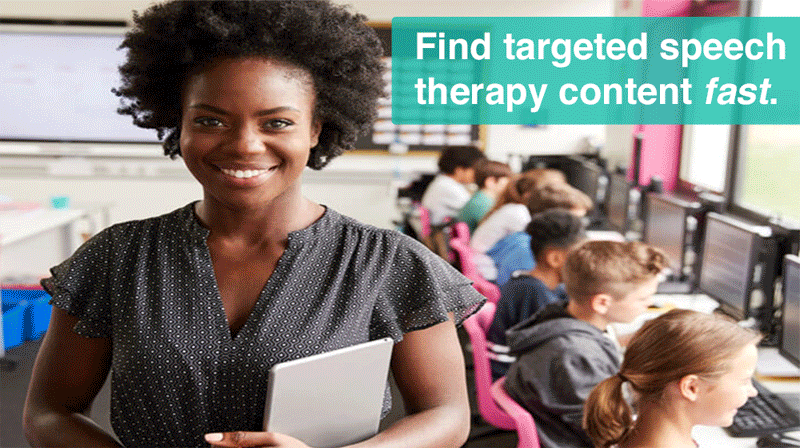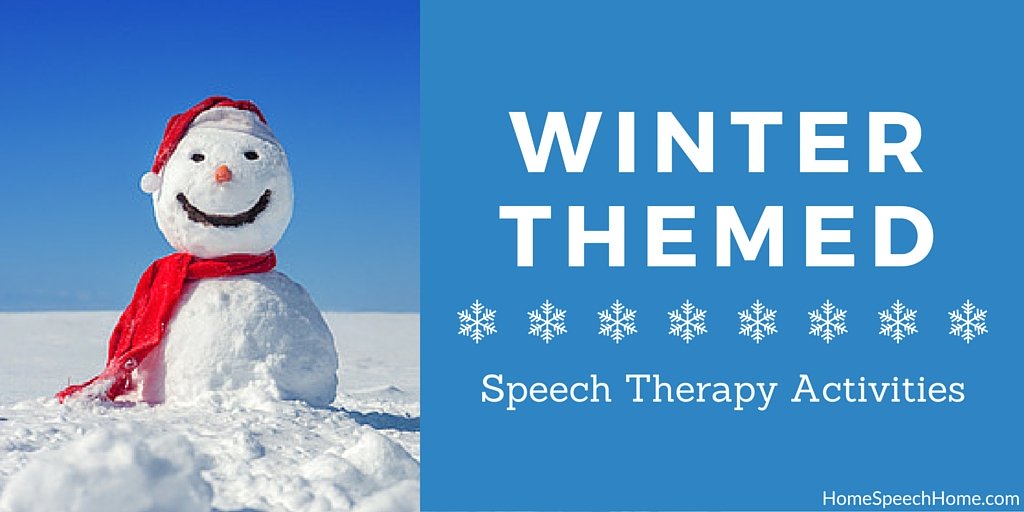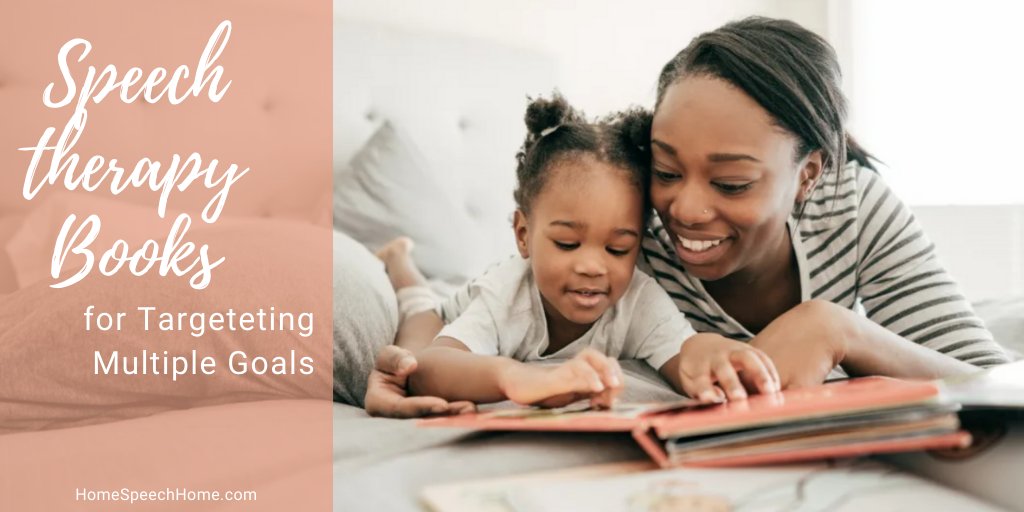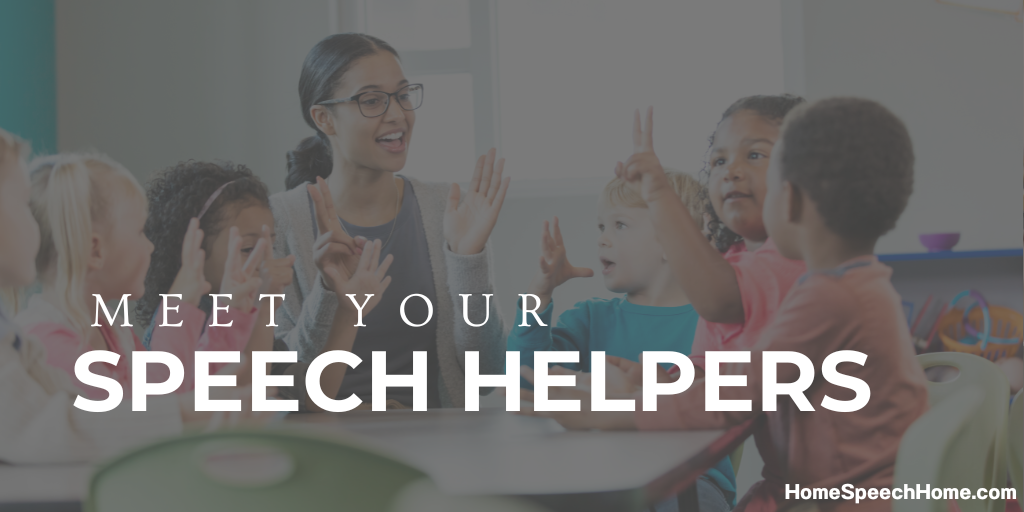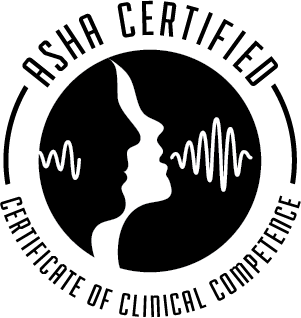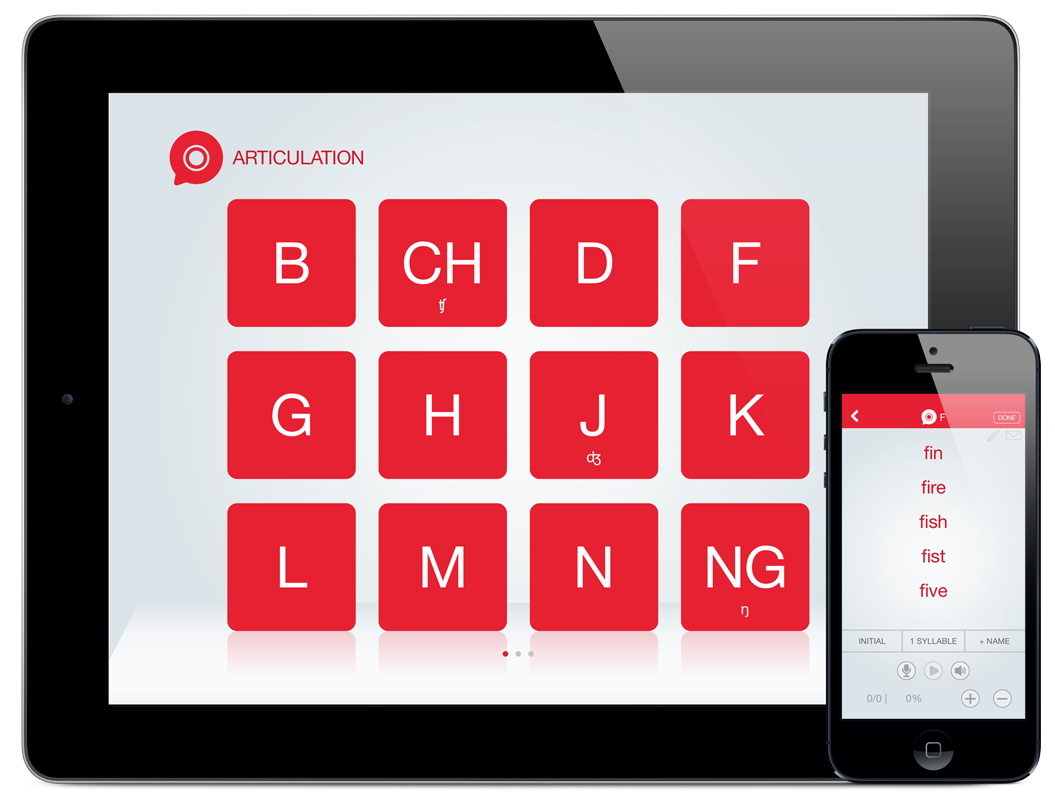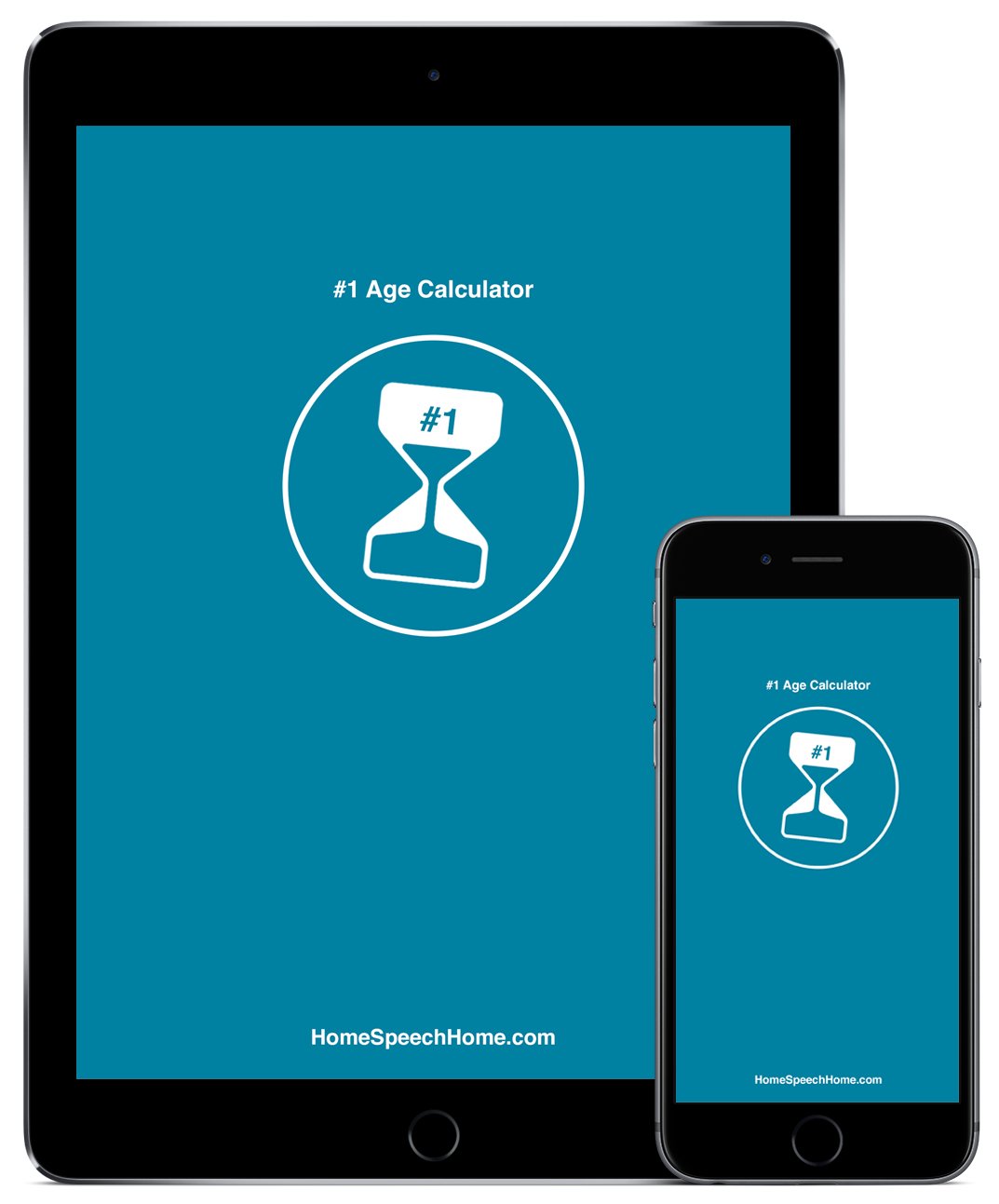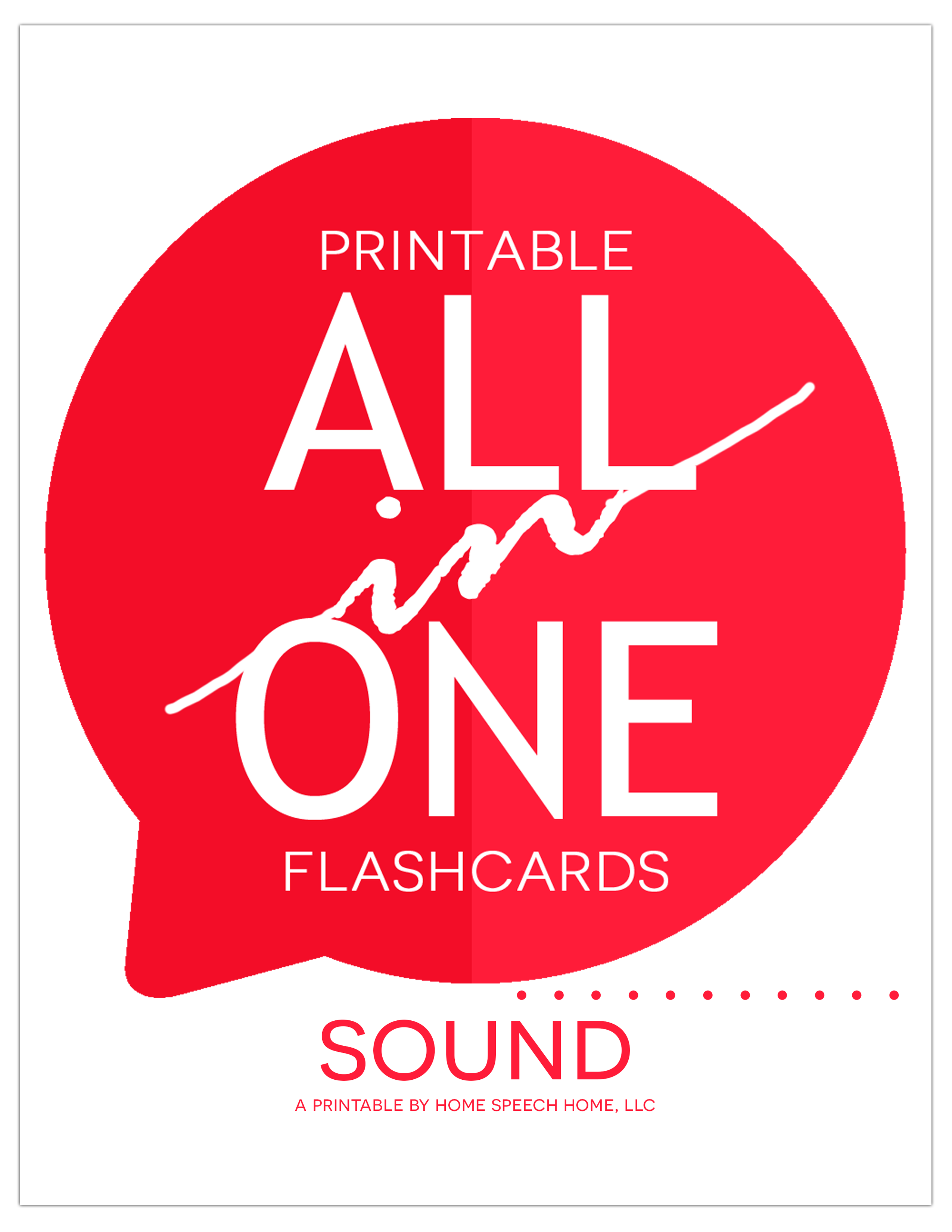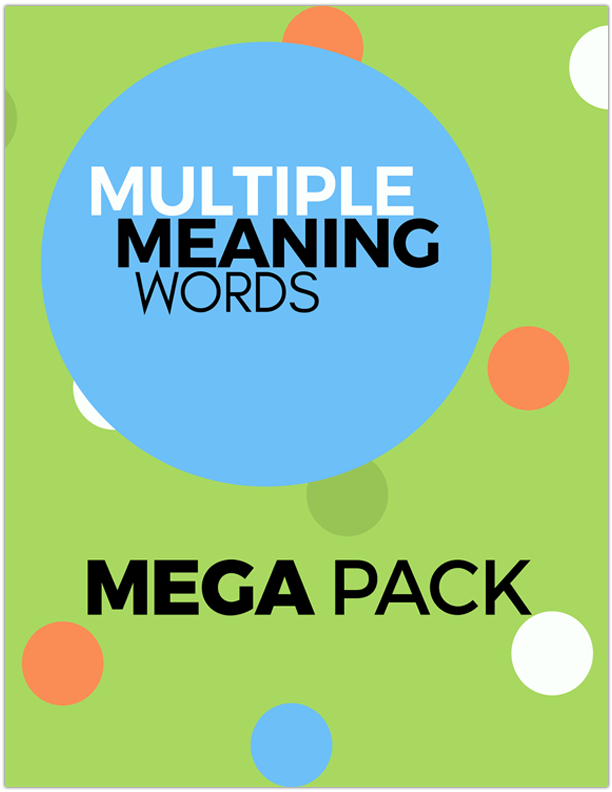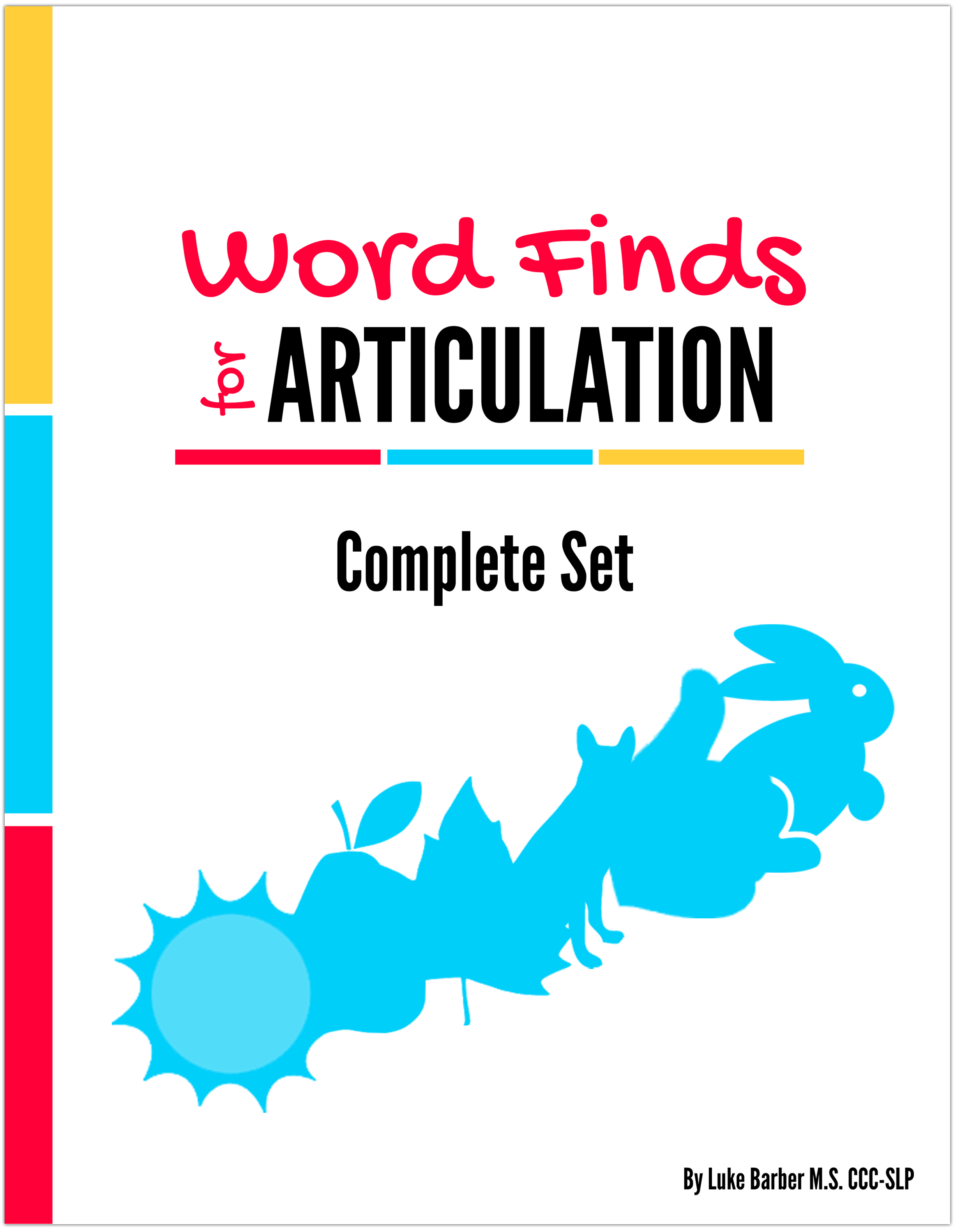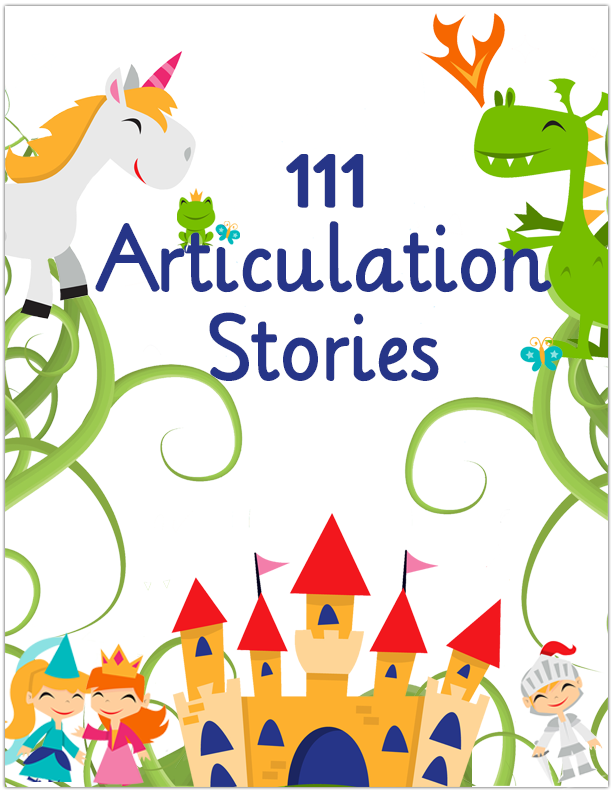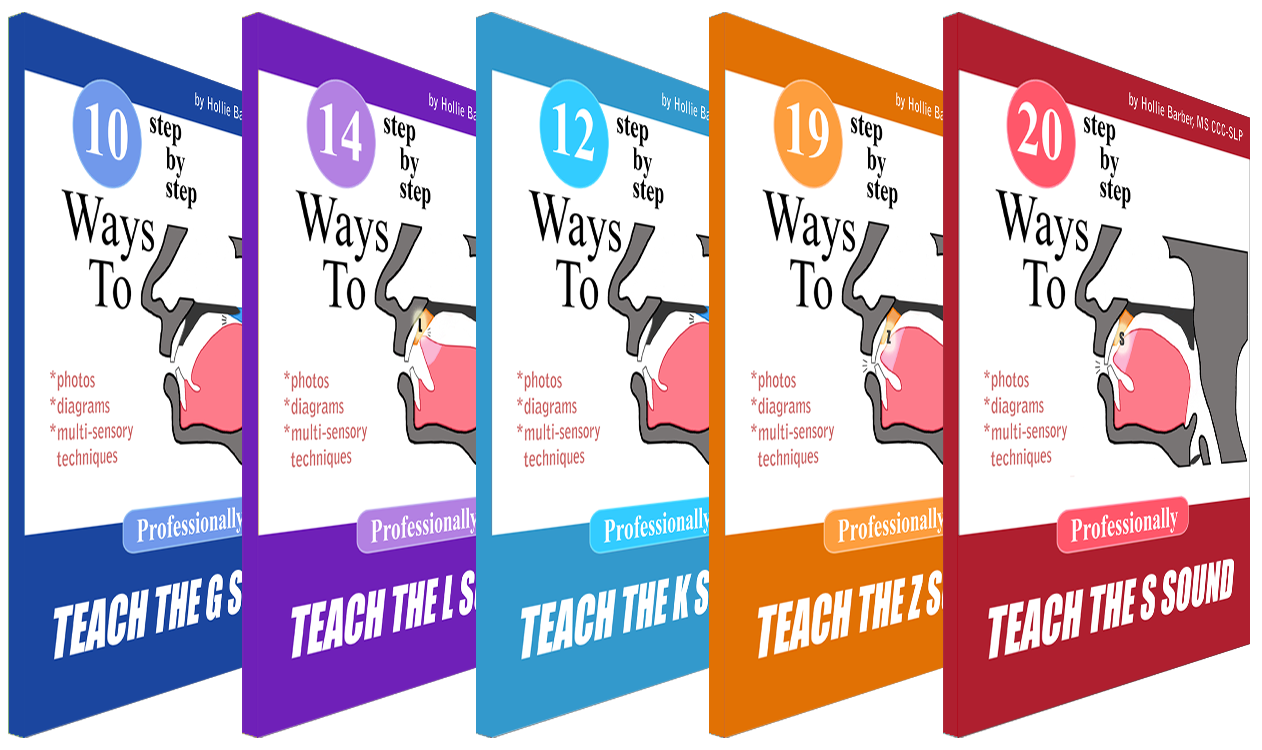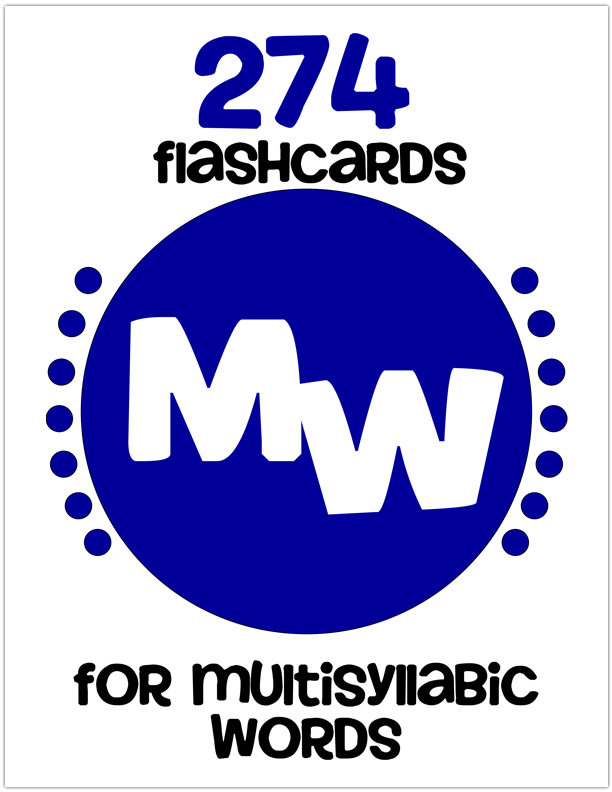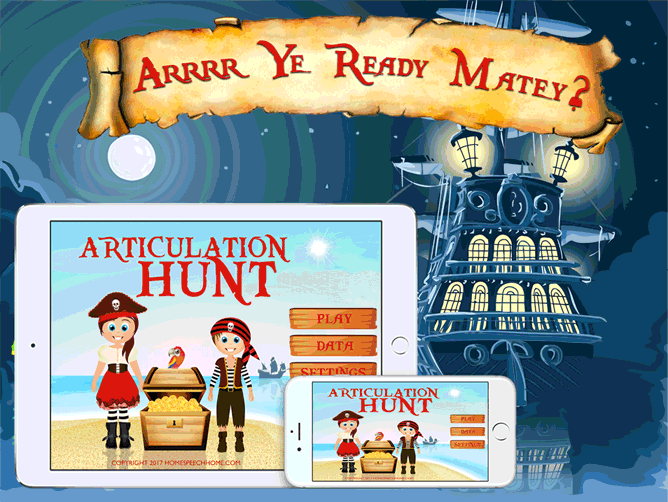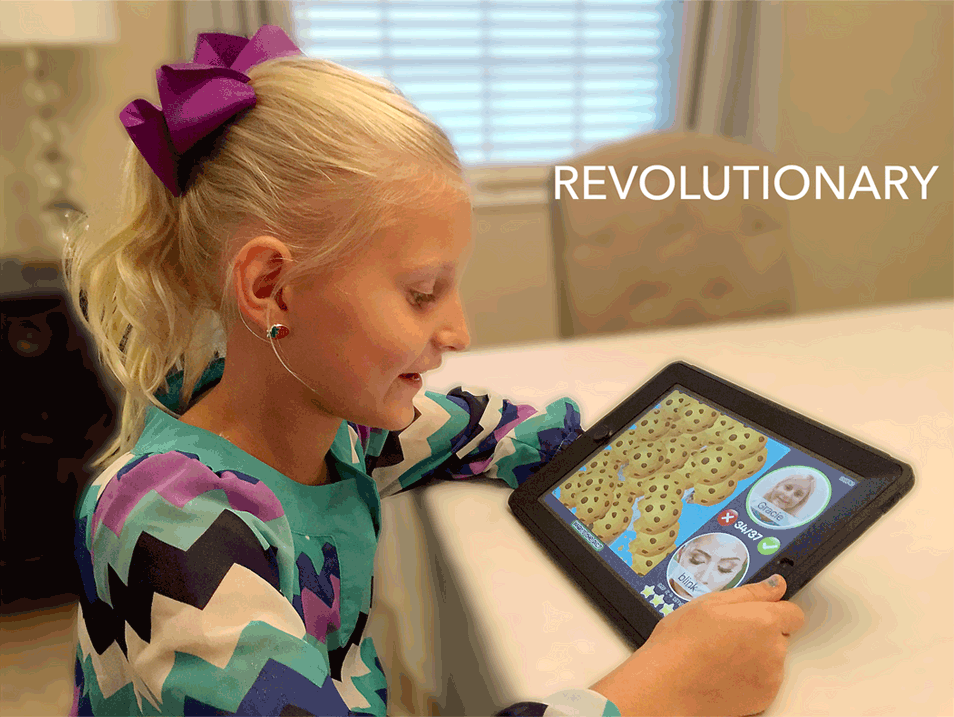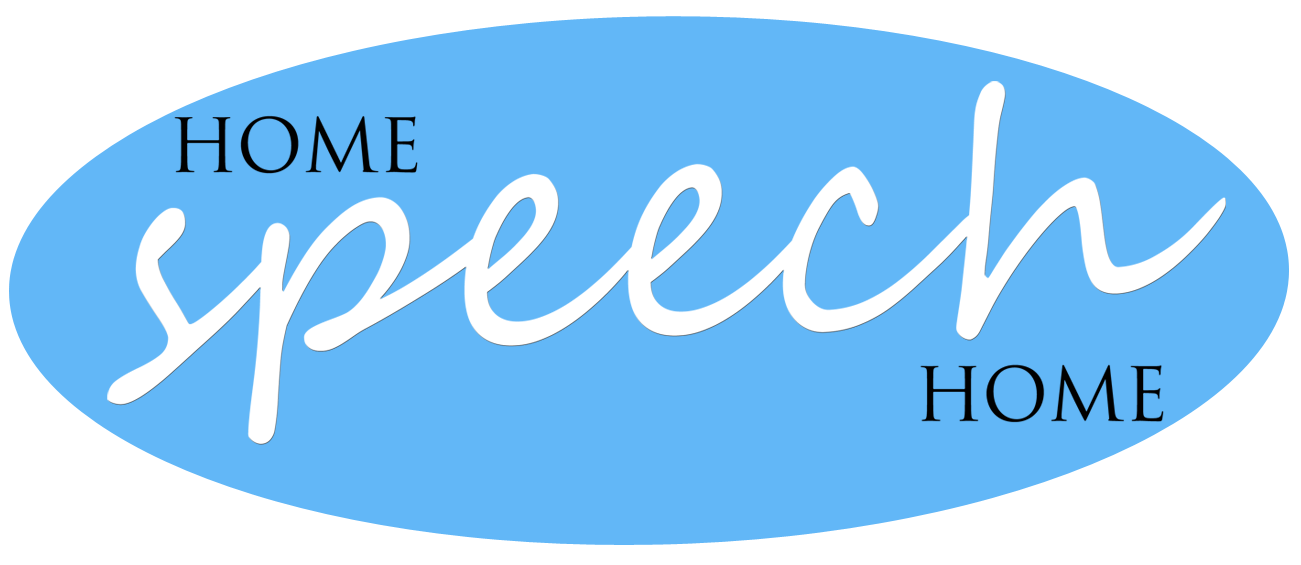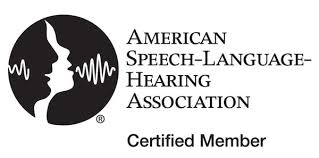"Put a Smile On!" Data Tracking Game
Purpose
- Makes keeping data more fun and entertaining so there is no need for an activity/game, use with all areas and levels of speech-language pathology.
Ages
- All Ages
Materials
- "Put a Smile On!" Data Sheet - laminated or printed on paper, (Free Download) You will need Adobe Reader
- Dry erase marker or pen/pencil
SEE ALSO: Crush Therapy Goals with the All in One Printable Flashcards
Directions
Show your client how to listen and give each blank face a smile or frown according to how you say each target you are practicing.
If the production is correct, draw a smile. If is incorrect, draw a frown. If it is almost there, draw a straight or squiggly mouth.
Let the client have fun and use his/her imagination to embellish each smile according to how you say it.
Then count up how many smiles verses frowns for your accuracy score. Then switch roles and have the client say the productions and you draw the faces to obtain his/her score.
Try to get more smiley faces each time.
The client has fun acting as the therapist determining accuracy and acceptable answers, and is practicing discrimination at the same time.
How to use it for...
Articulation
Client says “tar” for target word “car.” Draw a frown.
Client says “car” correctly. Draw a smile.
Continue until all faces are complete. Client could also say target word 3 times for each face to increase productions.
Language
Ask the client to produce a sentence using the target word “give.” Draw a smile or frown accordingly.
Then have the client produce a sentence for each of the following forms of the target word to practice tense: “gave, giving, gives, given.”
Pragmatics
To work on problem solving, describe a social problem.
If client gives a correct solution, draw a smile. If client gives an incorrect solution, draw a frown.
Stuttering
Client produces target word with “stretchy, smooth” speech or while using a reduced rate or with easy onset, depending on your method. Draw a smile.
Client produces target word with “bumpy”, disfluent speech, or uses a fast rate. Draw a frown.
SEE ALSO: The Best Free App for Speech Therapy
Voice
Client produces a sentence with correct air support, volume, resonation, or chunking/phrasing, etc. depending on your target behavior. Draw a smile.
Client produces a sentence with laryngeal tension or too little air support at the end of the sentence. Draw a frown.
Group Variation
Pair your clients up with a partner to complete the face data sheet and then report scores to you when finished.
This allows you to work one on one with another client as needed.
I like to use this as a routine “self- start” activity at the beginning of each session in a school setting. You can make it longer or shorter by choosing how many faces to complete.
Pragmatic Variation – Teaching Emotions
Describe a typical social scenario such as “someone gives you a gift.”
Your client must draw on the blank face to show how he/she would feel and if possible write the name of the emotion. Scaffolding to teach new emotion words would also help.
You could also do the activity in reverse.
Draw a face on the data sheet and have your client give an emotion word to label it or describe a scenario in which he/she would feel that way.
You might also like:
For Parents
Take turns with your child being the listener and the talker.
The listener will use the marker to draw faces on the “Put a Smile On!” data sheet according to how the talker says what you are practicing.
You will need some picture cards or word list to practice with. To introduce it to your child if you were practicing “k”, you would say the following:
“These faces have no mouths. You’re going to give them a smile or a frown depending on how I say the “K” sound. If I say it right, draw a happy face.
If I say it wrong, draw a sad face. After all the cards are done, we’ll switch and you can talk while I draw. Then we’ll count how many smiley faces we got.
Okay?"
Special Deals and Activities, Oh My!
Sign up for Terrific Therapy Emails
Your information is 100% private & never shared.
